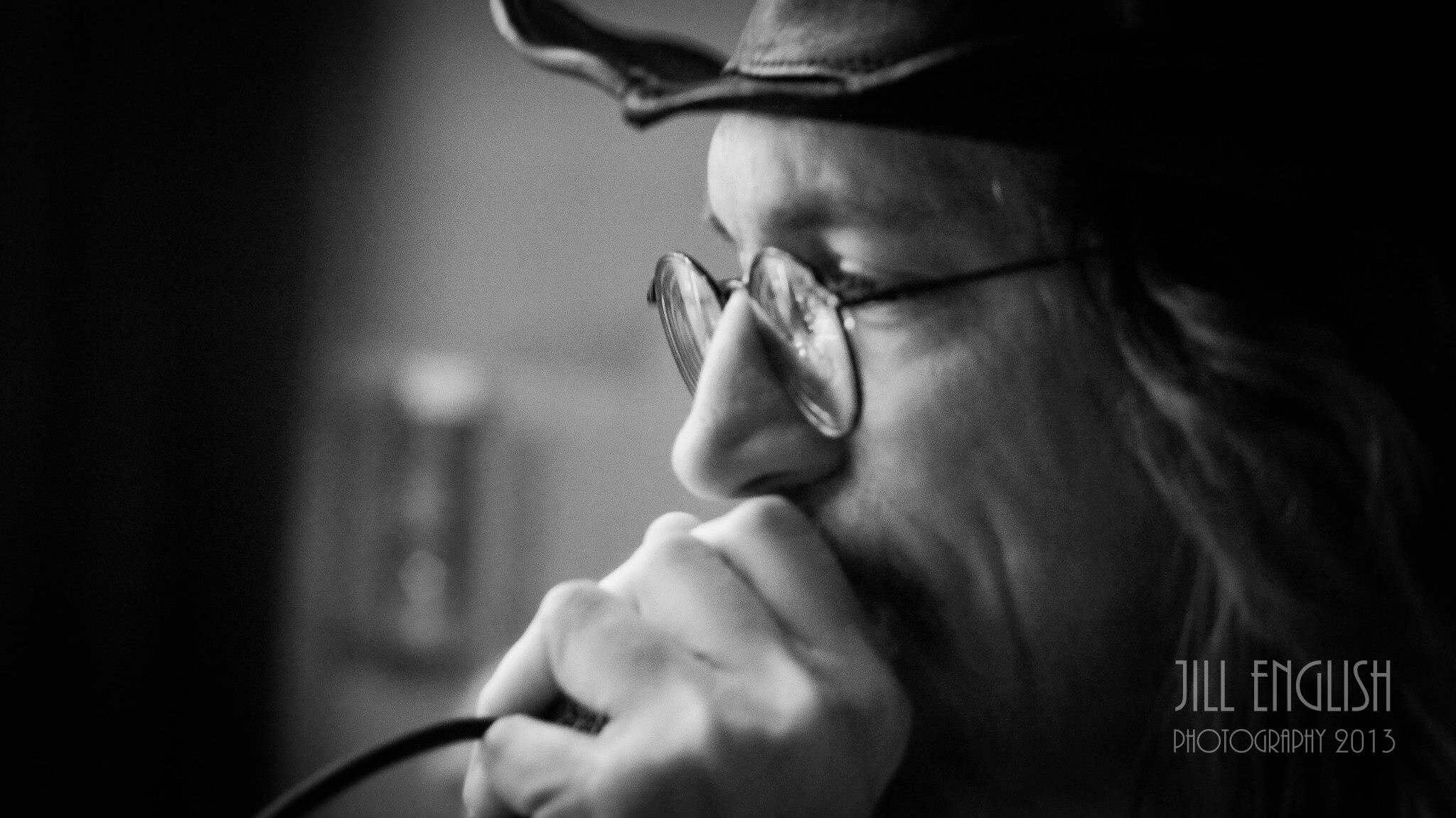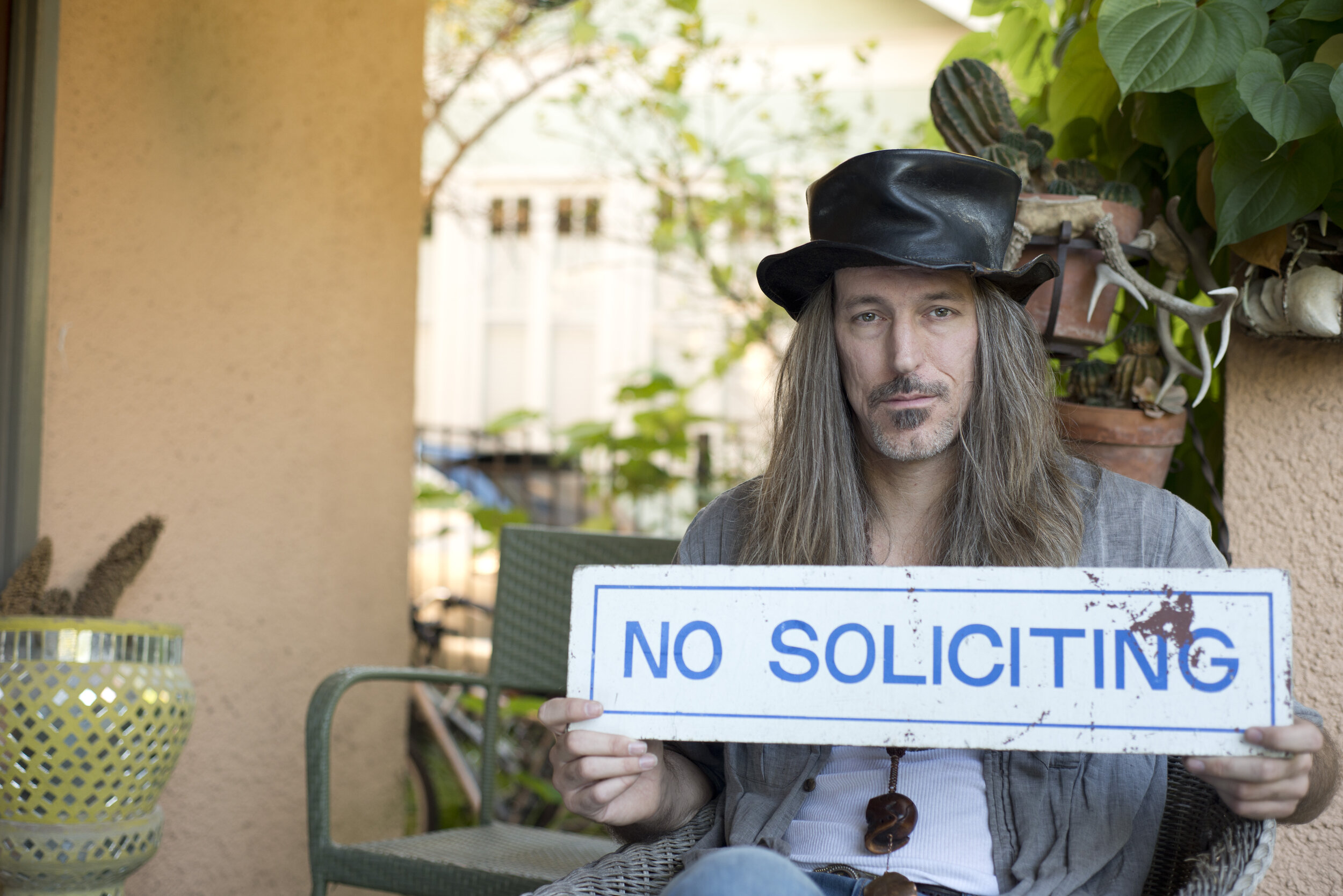
CRAIG KINSEY
Craig Kinsey once sought the marrow of life as an ascetic monk in the great silence of a monastery in the Ozark Mountains.
This was long before dizzy revelers squeezed into a club to see Kinsey command a stage occupied by a burlesque troupe, one of Houston Grand Opera’s finest singers, a tent, and an oversized bird’s nest (complete with large blue eggs) that was a true work of art. It was, however, long after Kinsey received a country education via a moonshiner’s daughter in Kentucky where the kitchen table was filled with “money, playing cards, and knives” and southern folklore filled the air. This family influence instilled in Kinsey a fascination with medicine shows, saints, outlaws, and the dynamic of hobos and traveling revival tents. A voyager at heart, he train hopped, walked, and drove across the country in search of “the old days of Guthrie, Kerouac, and John Lee Hooker.”
Sparked by an intense desire to connect with the pauper’s existence of a nomadic holy philosopher, Kinsey once embarked on a hitchhiking expedition from Texas to Canada, singing and preaching along the way. Upon his eventual return to Texas, a study of Joseph Campbell prompted him to renew a commitment to explore what lay behind “the masks of god.” Finding peace and solitude as a monk, he learned the origins of American southern music, including the beginnings of country rock, from John Michael Talbot, the Catholic singer/ songwriter who founded the monastery in which Kinsey lived for nearly five years.
“When I entered, I thought I would be there for the rest of my life,” Kinsey recalls. “Even today, I’m still a part of the monastery. Musicianship is a doorway to following the path to a higher calling. That world and the world of my stage show, to me, are one and the same thing. They both come from the same ecstatic root, deep within the human psyche.”
Kinsey’s focus on spiritual and sociological pursuits showed him hesitant to occupy the musician’s lifestyle; yet, his emergence on the Americana/Gypsy Jazz scene is a direct result of said pursuits. Graduating Magne Cum Laude with a dual degree in psychology and philosophy from Houston’s University of St. Thomas, Kinsey’s long held interest in the human mind proved rewarding; during limited participation in the theatre department, he researched crowd dynamics and human socialization in groups. Forming the Sideshow Tramps with fellow classmates Geoffrey Muller and Scott McNeil (Shane Lauder joined later on drums), they developed skills gleaned from this study and orchestrated the ecstatic shows during a residency at Helios (now AvantGarden) in Houston.
“It’s important for me to use psychology and music to produce the kind of ecstasy spoken of in ancient Greece, the writings of Nietzsche, worldwide tribal rituals and communal celebrations,” Kinsey states. “The education was crucial as the Sideshow Tramps incited such enthusiasm from the crowds that we often led 200 kids into the street outside of the bar to dance, throw toilet paper, block traffic and draw out the police. There were mock rituals and watermelon sacrifices from men in loin cloths. It was surreal!”
Kinsey’s music career includes releases by Texas-based record labels Zenhill and newly formed Splice Records. As a member of Sideshow Tramps, Kinsey celebrated as the much talked about band, and their medicine-show style, won the coveted Houston Press “Band of the Year” award. As a performer, he has toured with Hayes Carll (who admits to learning from him), opened for acts such as Ian McLagan of Faces and Roky Erickson and Snoop Dogg, as well as shared the stage with John Evans and Robert Ellis.
Releasing “The Burdener” (2008), Kinsey established himself as a solo act by bringing in artistic elements and lyrical themes of historic, political and cultural relevance. “American Roots and Machines,” encompasses each and is a musical tour de force of Southern Rock, Gospel, Folk and Americana. Kinsey, whose notorious anti-genre stance is on full display (take one listen to “I’m Not Part of a Scene” and you’ll get it), pulls inspiration from many influences including Mozart, Charlie Chaplin, AC/DC, Tom Waits, Bill Monroe, Lightning Sam Hopkins and more on a record that critics are exhorting is nothing short of “great.”
“It’s rock and roll, naked blues, apocalyptic choirs, a township chanting just at the edge of our awareness. Starting with today’s many rock styles and going way back, we travel through the roots of America’s music,” Kinsey stated. “There is certain insanity happening here and I’m trying to heal a split between mind and body, between music and technology with this record.”
Heralded by the Houston Chronicle as having “the quality of a spiritual travelogue,” the Houston Press cites that Kinsey goes to “great lengths to build a stage in your mind, and the record plays more like a film for the ears,” while calling it “a brave album with points of greatness to fall in love with.” Free Press reflects that the album is “replete with call and response anthems, classic blues mixed with punk and ample gospel choir riffs” and begs the reader to listen as it “mirrors a live show in all its frenzied glory.”
Produced by Grammy Winner Steve Christensen, “American Roots and Machines” was released on July 26, 2014 and ushered in with great fanfare from Kinsey’s loyal followers on a hot summer night at Fitzgerald’s in Houston. In keeping with his traveling ways, a tour is being booked around camping in national parks where Kinsey, and band members or other acts in this unique road show, will spend their time getting back to the roots of it all.










